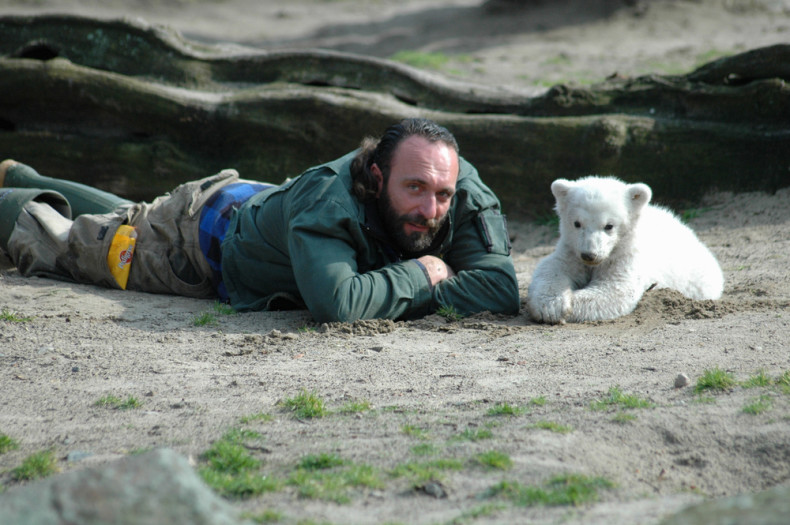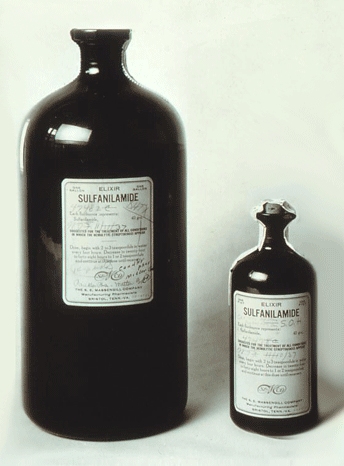Debunking Hollywood is LWON’s very occasional series that takes a hard science look at common TV and movie tropes.
“Help!”
The lifeguard straightens in his chair, craning his neck to find the citizen in peril.
“Help!”
Over there, by the barrier floats! The victim’s face is obscured by great splashes raised in her violent struggle for survival. With a panicked plea, she kicks desperately and raises her arms in the signature distress wave, bending her elbows and crossing her hands above her head.
“I can’t swim!”
The lifeguard is up in a flash, ring buoy in hand as he dashes toward her, calling out reassurances. He tosses the life-ring to within reaching distance and tells her to grab it.
“Just a little to your left!” He calls.
With a desperate lunge, she clings to the floating life-line, and the lifeguard pulls her to safety and lifts her to the beach.
***
This scenario – reinforced by television and movie scenes – has become society’s platonic ideal of drowning, and it held sway even in lifeguard training up until the 1960s. That’s when Frank Pia, Chief Lifeguard on Orchard Beach in the Bronx, realized it didn’t square with the thousands of drownings and near-drownings he’d witnessed in his job. Continue reading







